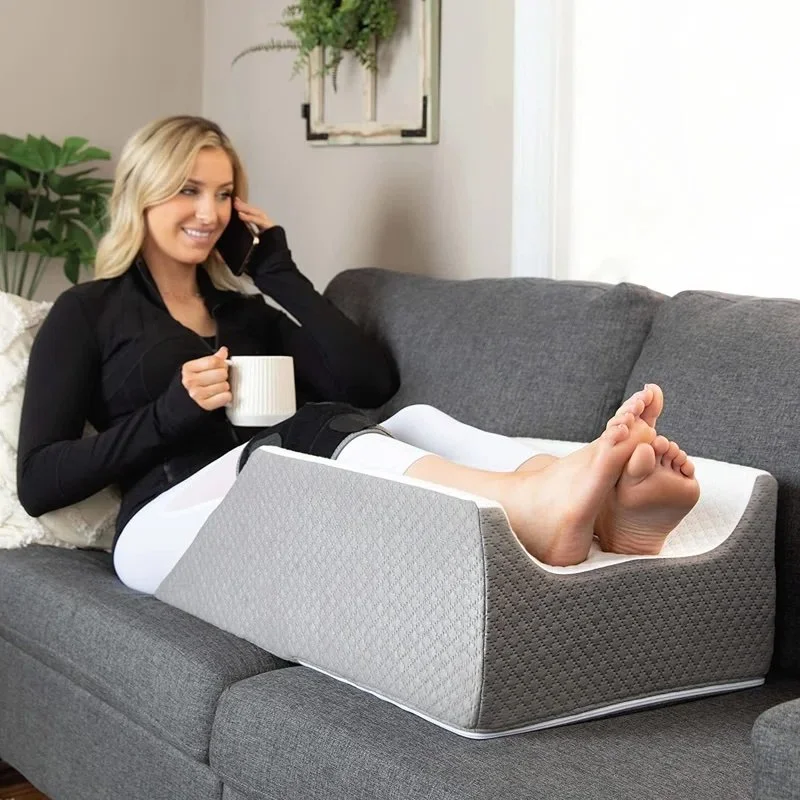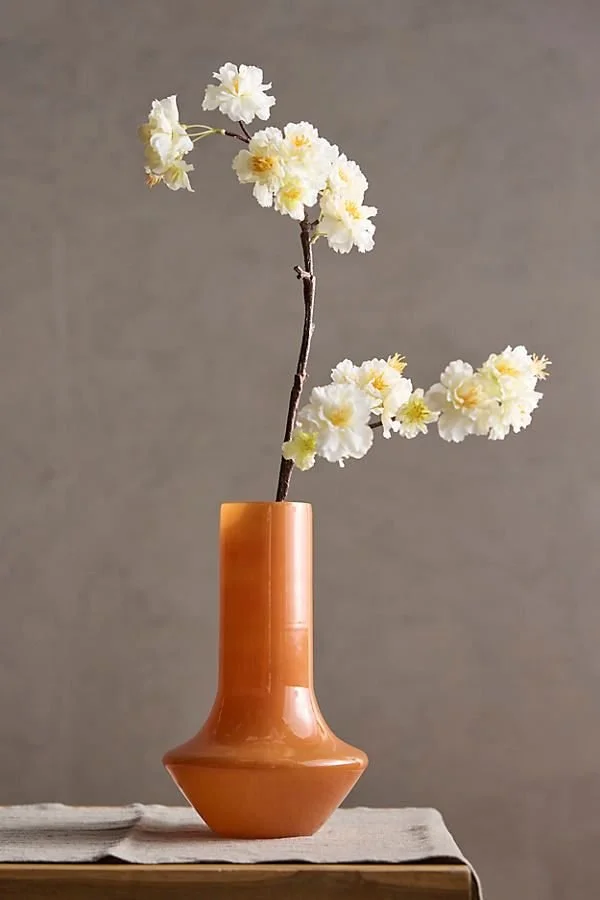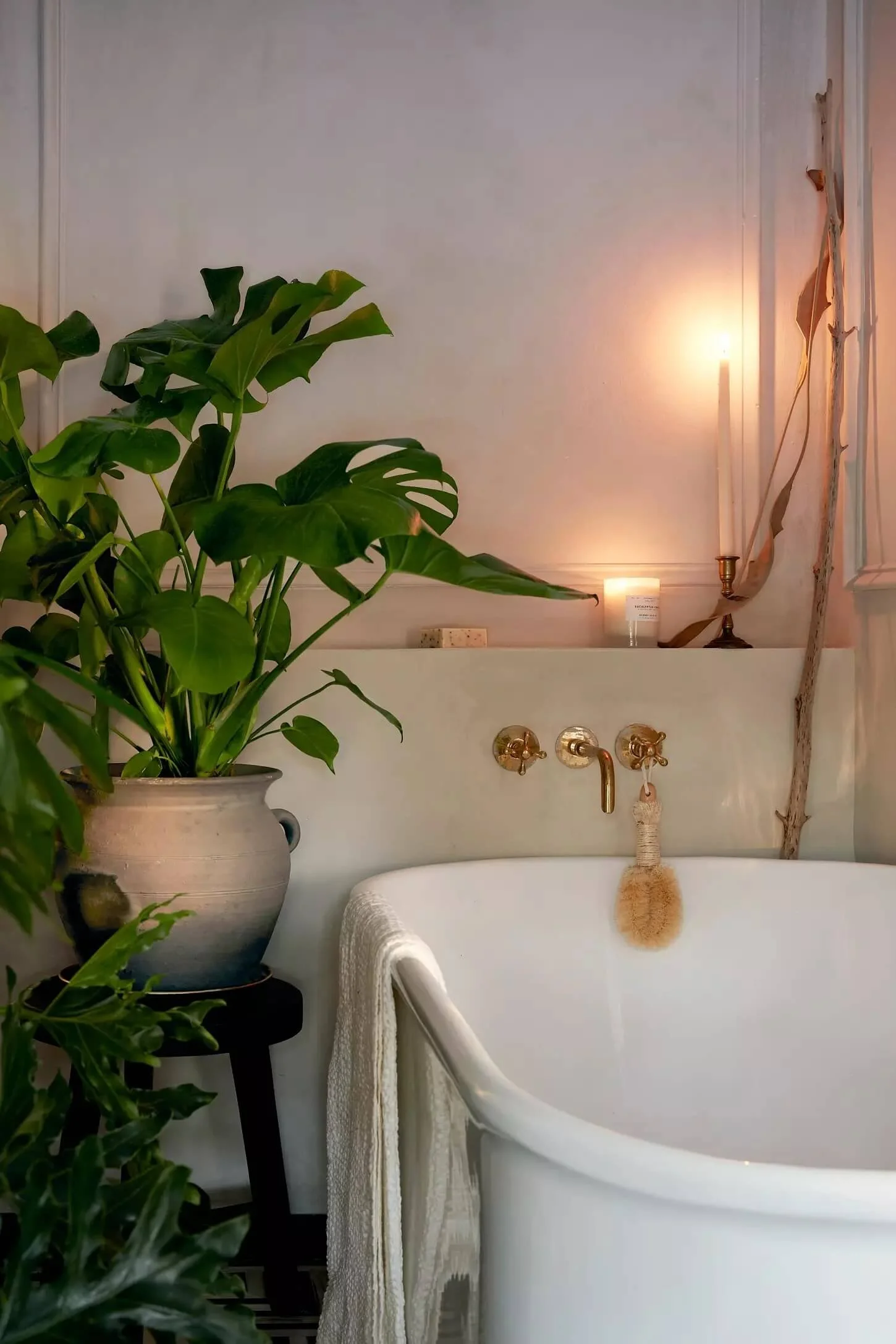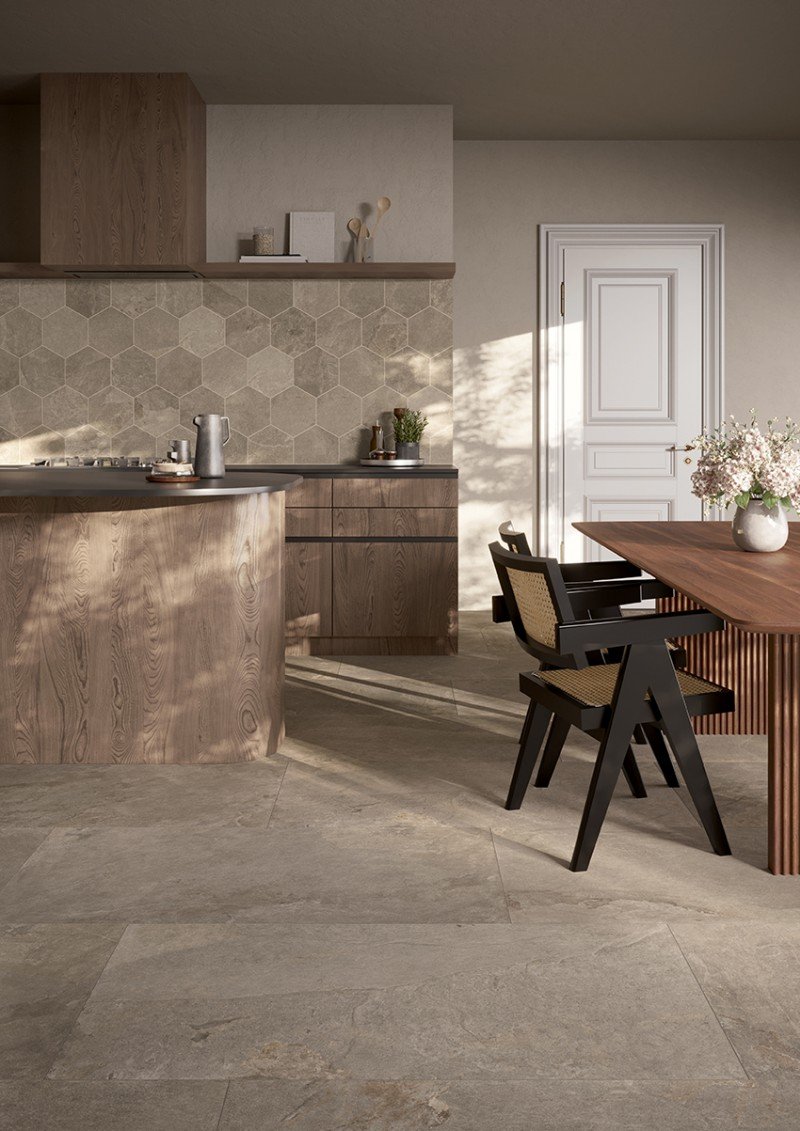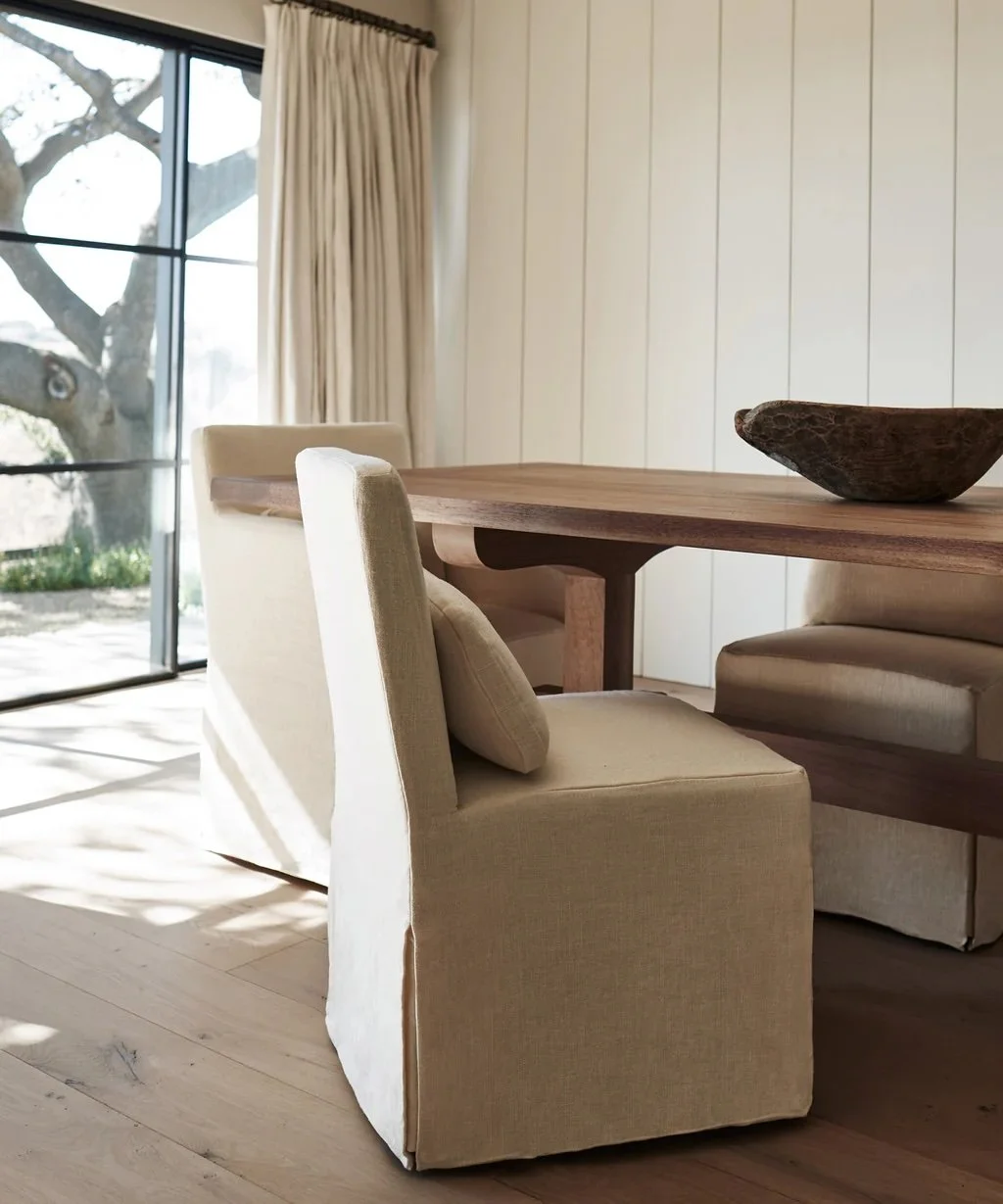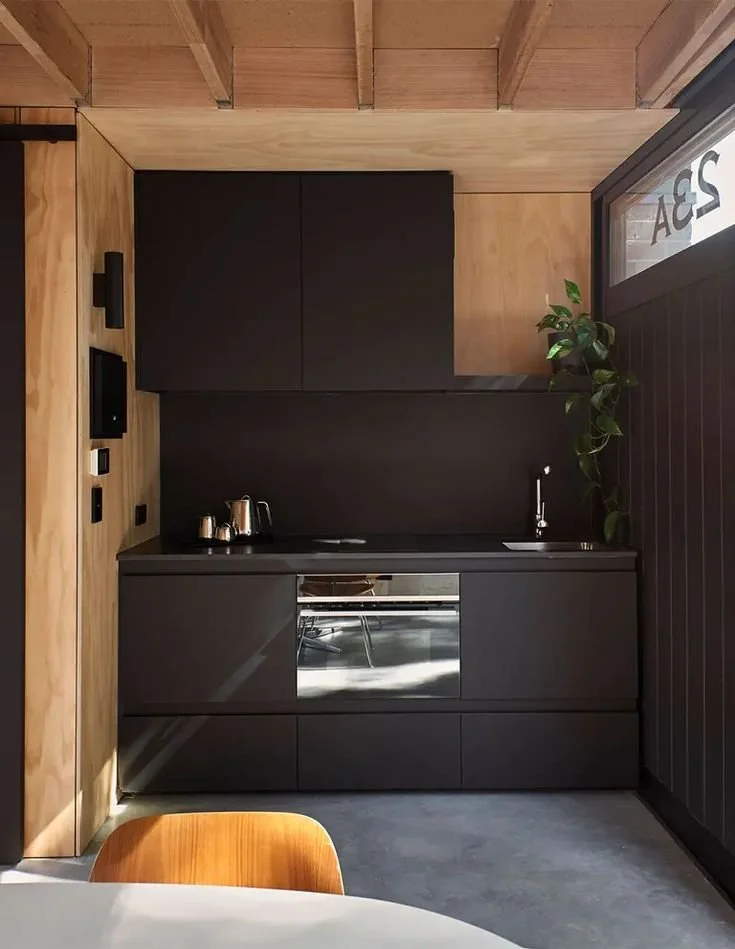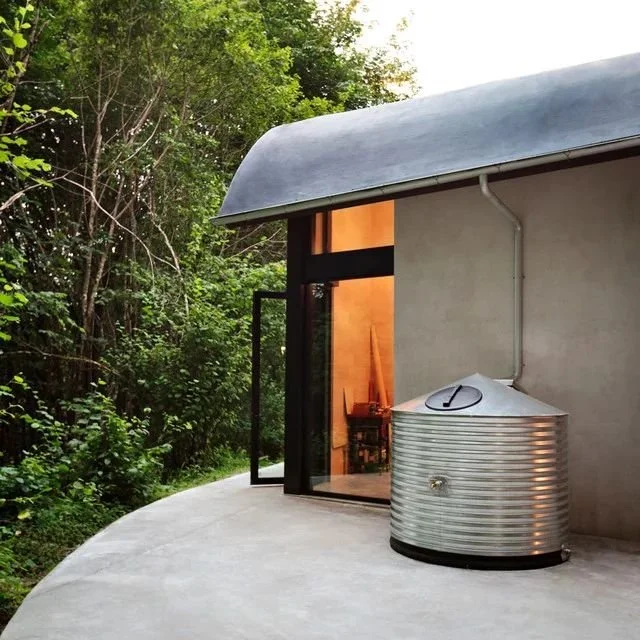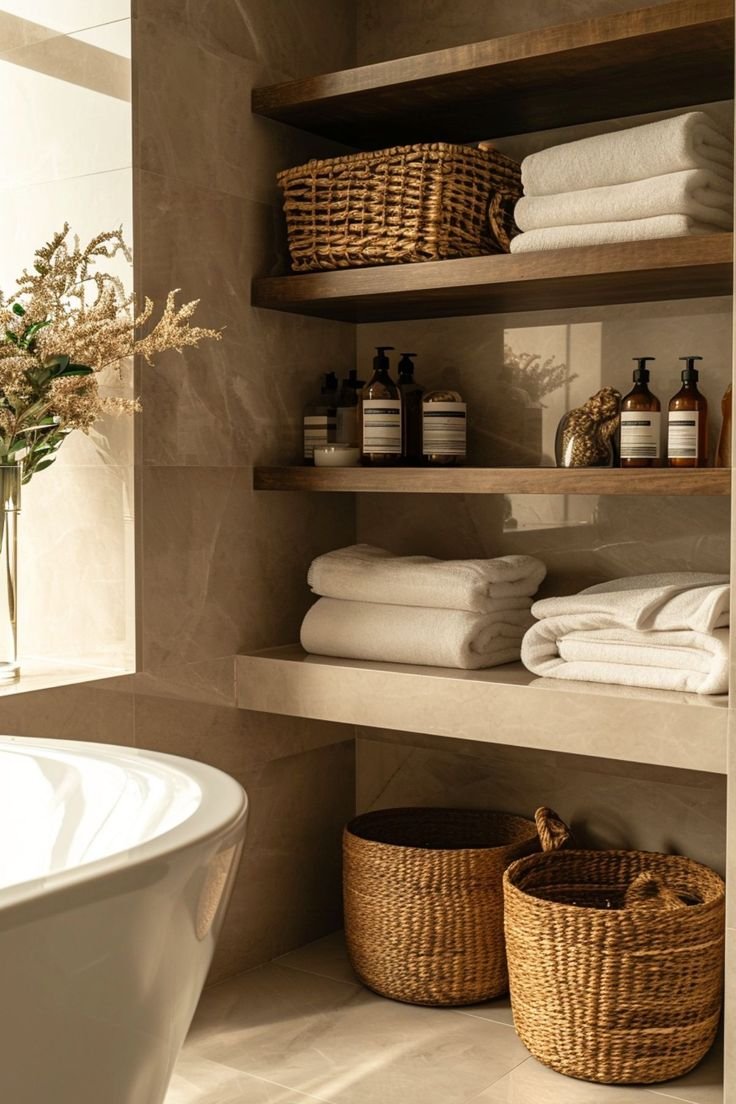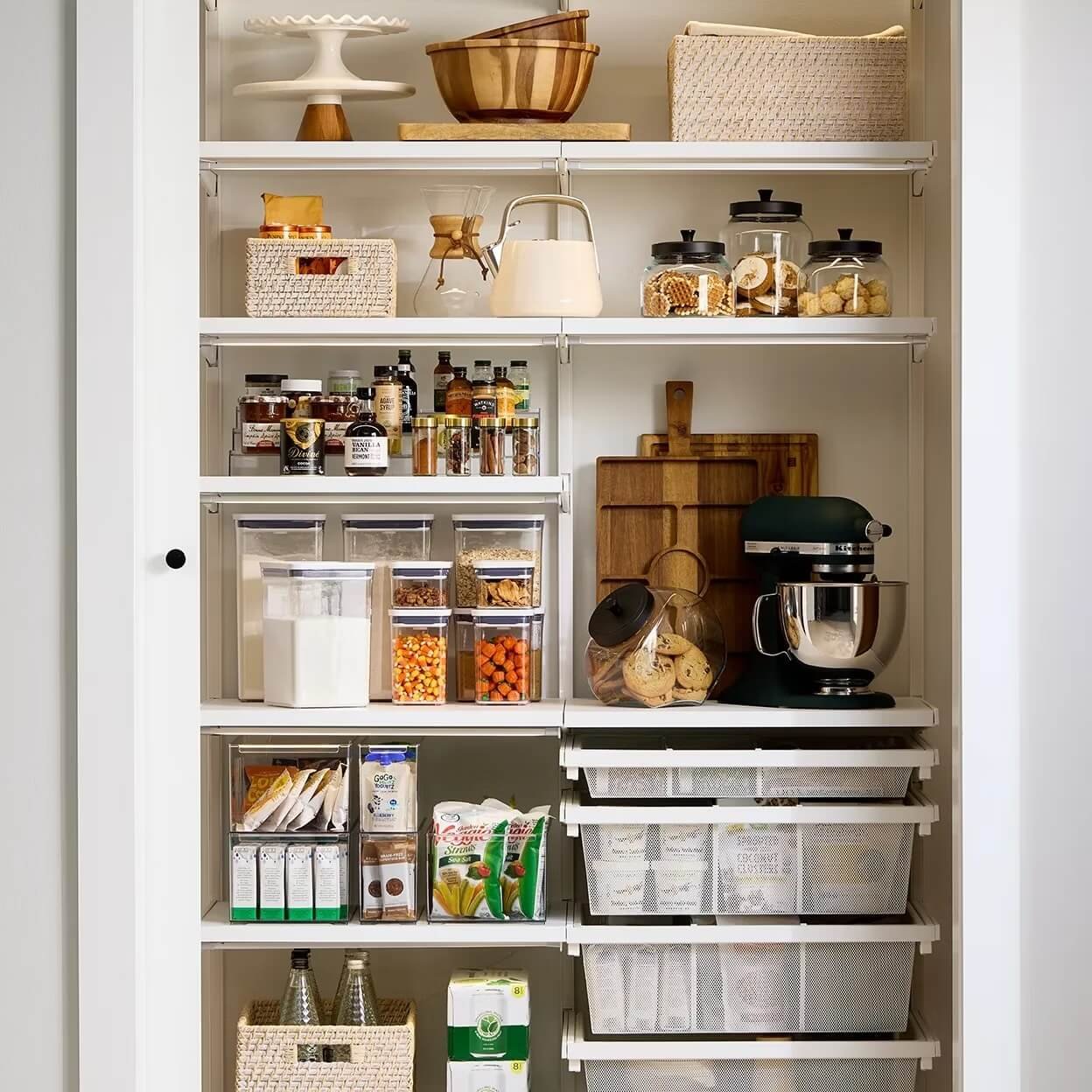Achieving your beauty goals often requires more than just a daily skincare routine. Natural treatments can provide the targeted care needed to elevate your look and boost your confidence. From nourishing facials to holistic therapies, incorporating these must-have natural treatments into your beauty regimen can make a world of difference.
Ready to enhance your beauty game naturally? In this article, discover the top treatments that deserve a spot on your beauty bucket list and unlock your skin’s full potential for a glowing, healthy appearance.
No. 1
Enzyme Peel
An enzyme peel is a skin treatment designed to exfoliate and rejuvenate the skin using natural enzymes derived from fruits and vegetables. Common ingredients include papaya, which contains papain; pineapple, rich in bromelain; and pumpkin, packed with carotenoids.
These enzymes work to gently break down dead skin cells, promoting a brighter, smoother complexion without the abrasiveness of traditional scrubs. Additionally, many enzyme peels incorporate soothing ingredients like aloe vera and honey to nourish and hydrate the skin, making them suitable for various skin types, including sensitive skin.
No. 2
Microneedling
Microneedling, or collagen induction therapy, uses fine needles to create micro-injuries in the skin, stimulating collagen and elastin production. This treatment can reduce the appearance of scars, stretch marks, and large pores while enhancing overall skin texture.
Over time, microneedling can lead to firmer, smoother, and more youthful skin. It’s a versatile procedure suitable for various skin concerns, making it a valuable addition to your beauty routine. The results are often long-lasting, providing you with continuously improved skin. Combining microneedling with serums can enhance absorption and effectiveness, boosting your results even further.
No. 3
Hydrafacial
Hydrafacial is a multi-step treatment that cleanses, exfoliates, extracts impurities, and hydrates the skin with nourishing serums. This gentle yet effective procedure is suitable for all skin types and provides instant results.
Hydrafacial can improve skin elasticity, firmness, and texture, leaving you with a healthy, glowing complexion. Regular treatments can also help maintain your skin's overall health and radiance.
The added hydration from this treatment ensures your skin remains supple and vibrant. Plus, it's a relaxing experience that offers a pampering break from your daily routine.
Lux Unfiltered
Lux Unfiltered's hydrating, non-toxic products are infused with skincare-grade ingredients for a luxurious self-care experience
No. 4
Herbal Facials
Herbal facials are a fantastic way to rejuvenate your skin using nature’s finest ingredients. These facials incorporate plant-based products like aloe vera, turmeric, and chamomile to cleanse, exfoliate, and nourish the skin. Herbal facials can help soothe irritation, reduce inflammation, and promote a radiant complexion.
Regular herbal facials can improve your skin's texture and tone, leaving it refreshed and glowing. This gentle, natural treatment is perfect for those seeking a non-invasive way to enhance their skin's health and appearance.
No. 5
Laser Hair Removal
Consider long-term solutions like laser hair removal to simplify your beauty routine. This treatment significantly reduces hair growth, minimizing the need for frequent shaving or waxing. A comprehensive guide to laser hair removal can help you understand the process, set realistic expectations, and prepare for the best results.
With fewer hair removal sessions needed, you’ll have more time to focus on other aspects of your beauty regimen. Laser hair removal is suitable for various body areas, making it a versatile and time-saving option. Consulting with a professional ensures the treatment is tailored to your needs. Additionally, the process can improve skin texture and reduce ingrown hairs, enhancing the overall appearance of your skin.
No. 6
LED Light Therapy
LED light therapy uses different wavelengths of light to address various skin concerns. Blue light targets acne-causing bacteria, red light stimulates collagen production, and green light helps with pigmentation issues. This non-invasive treatment can improve skin clarity, reduce inflammation, and promote healing.
Regular LED light therapy sessions can maintain healthy, vibrant skin and complement other beauty treatments. It's a gentle and effective way to enhance your skin's overall appearance. Additionally, LED light therapy can be incorporated into your skincare routine at home with portable devices, making it convenient and accessible.
No. 7
Gua Sha Facial Massage
Gua Sha is an ancient Chinese technique that uses a smooth stone tool to massage the face, promoting lymphatic drainage and boosting circulation. This natural treatment helps reduce puffiness, smooth fine lines, and improve skin elasticity. Over time, Gua Sha can lead to firmer, more radiant skin.
This relaxing and rejuvenating practice is a great addition to your beauty routine, offering both immediate and long-term benefits for your skin. Plus, it’s a natural way to enhance your skin’s glow without the need for chemicals or invasive procedures.
No. 8
Honey and Oatmeal Exfoliation
For a gentle yet effective exfoliation, honey and oatmeal make the perfect natural combination. Honey is known for its antibacterial and moisturizing properties, while oatmeal soothes and exfoliates the skin. Together, they remove dead skin cells, unclog pores, and leave your skin soft and smooth.
This DIY treatment is ideal for sensitive skin and can be done right at home. Regular exfoliation with natural ingredients helps maintain a healthy, glowing complexion without the harshness of chemical scrubs.
No. 9
Coconut Oil Hair Treatment
Coconut oil is a powerhouse natural ingredient for hair care. Rich in fatty acids and vitamins, it deeply nourishes the scalp and hair, promoting shine and reducing frizz. A coconut oil hair mask can help repair damaged hair, prevent breakage, and improve overall hair health.
This simple, natural treatment can be done weekly to keep your hair looking strong, shiny, and healthy. It’s an excellent alternative to chemical-laden hair treatments, offering deep hydration and nourishment the natural way.
No. 10
Clay Masks
Clay masks, made from natural clays like bentonite or kaolin, are excellent for detoxifying and purifying the skin. These masks draw out impurities, absorb excess oil, and help reduce the appearance of pores. Clay masks are especially beneficial for those with oily or acne-prone skin.
Incorporating a clay mask into your routine once or twice a week can help maintain clear, balanced skin. It’s a natural and effective way to keep your complexion looking fresh and healthy.
No. 11
Aloe Vera Gel for Hydration
Aloe vera is a natural wonder for skin hydration and healing. Its soothing properties make it perfect for calming irritated or sunburned skin, while its hydrating effects help maintain a smooth, supple complexion. Aloe vera gel can be used as a daily moisturizer or as a soothing treatment for dry or inflamed skin.
This natural remedy is gentle enough for all skin types and can be applied directly from the plant or purchased as a pure gel. It’s a must-have for anyone looking to keep their skin hydrated and healthy.
No. 12
Essential Oil Aromatherapy
Aromatherapy using essential oils like lavender, rose, or tea tree can enhance both your beauty routine and your overall well-being. Essential oils can be added to your skincare products or used in a diffuser to promote relaxation and balance. For skincare, oils like rosehip and jojoba are excellent for moisturizing and rejuvenating the skin.
Incorporating essential oils into your routine is a natural way to nourish your skin and uplift your mood. Always dilute essential oils properly to avoid skin irritation and enjoy the holistic benefits they offer.
Takeaways
By incorporating these natural beauty treatments into your self-care routine, you can achieve a more radiant, healthy, and confident appearance. Consult with a skincare professional or explore DIY options to determine the best natural treatments for your unique needs. These holistic treatments not only enhance your look but also promote overall well-being, allowing you to glow from the inside out.
Looking for Wellness Resources?
Are you looking to enhance your wellness routine? Explore our wellness partners who offer a wide range of resources to support your journey toward holistic living and well-being.












